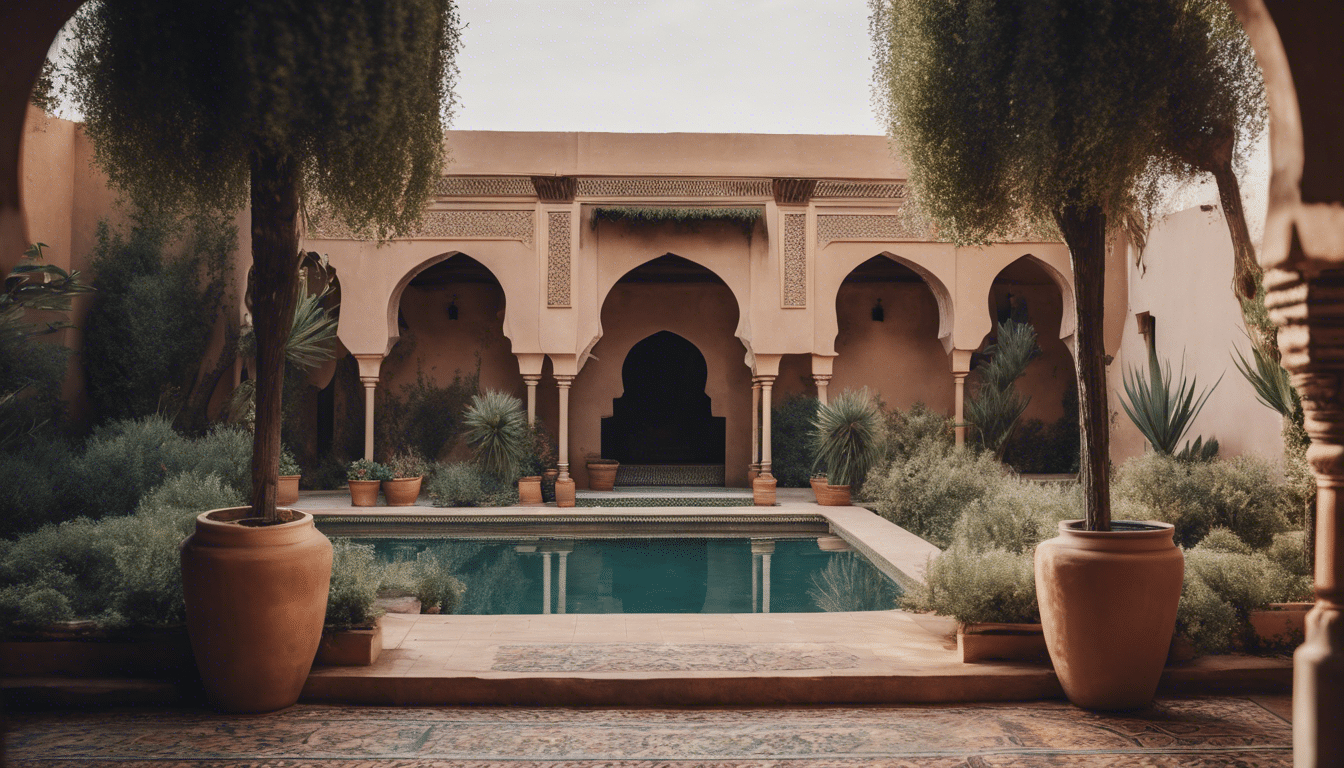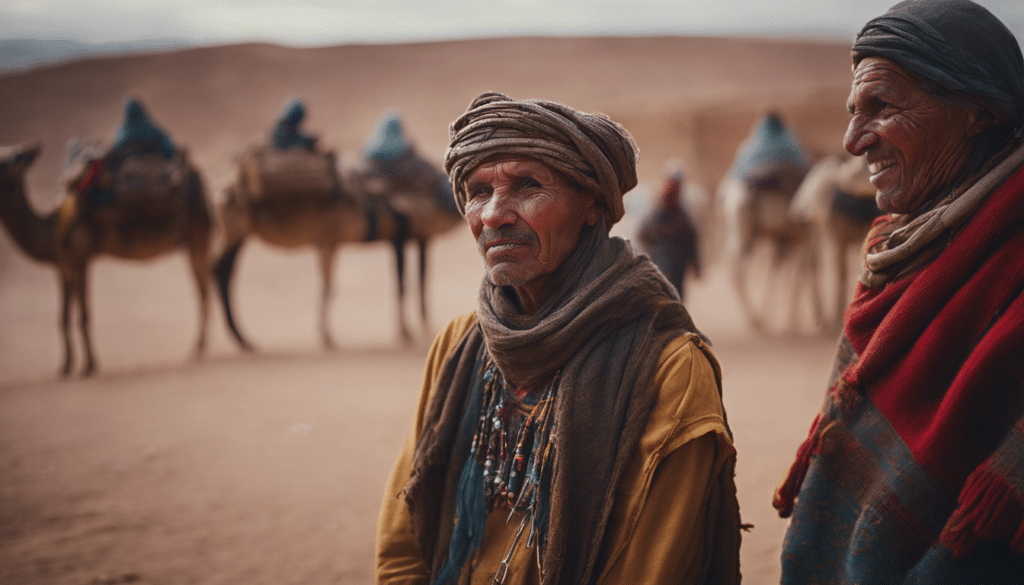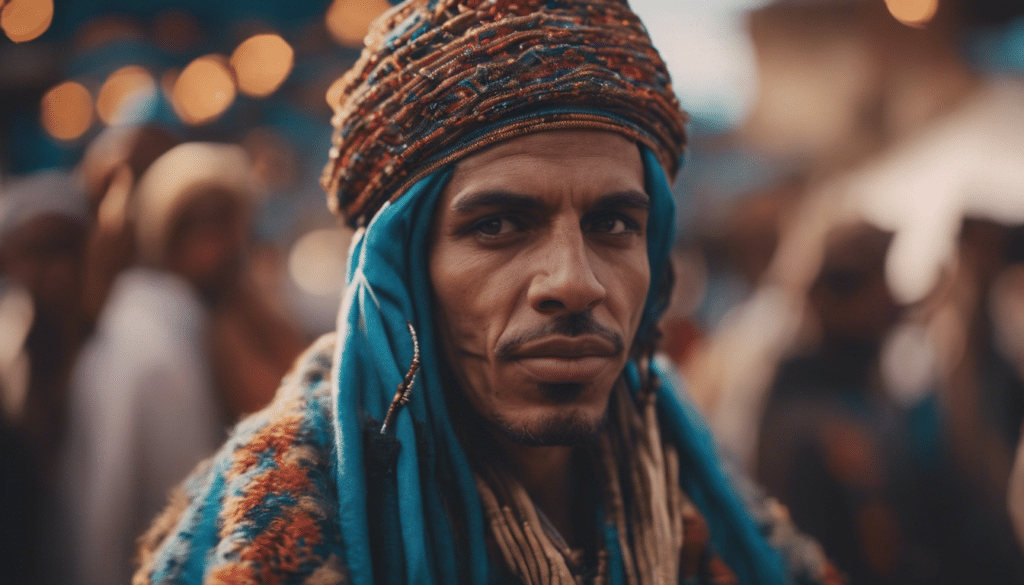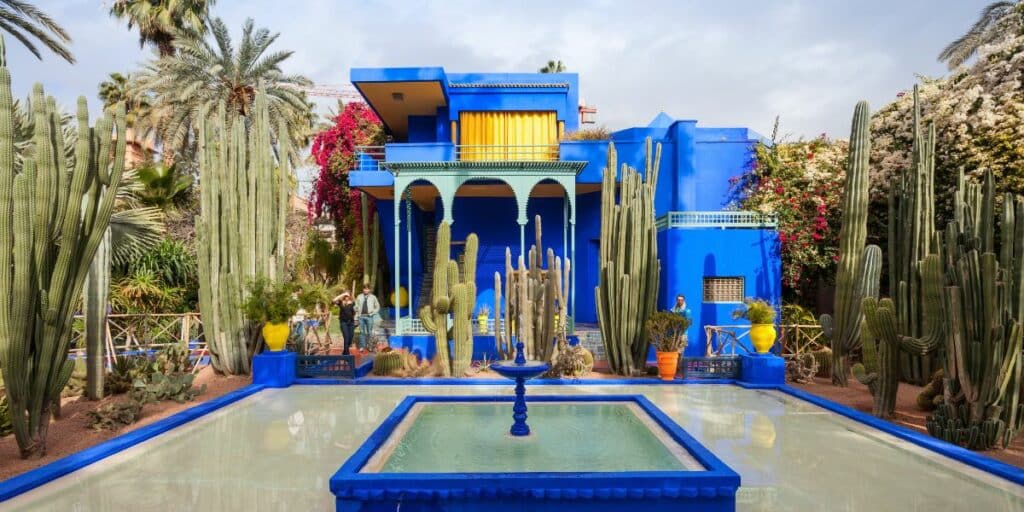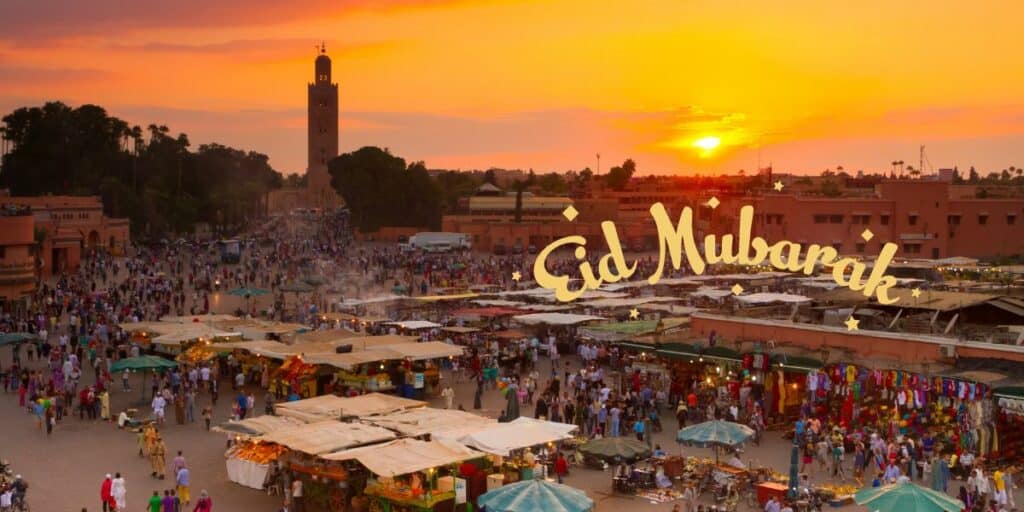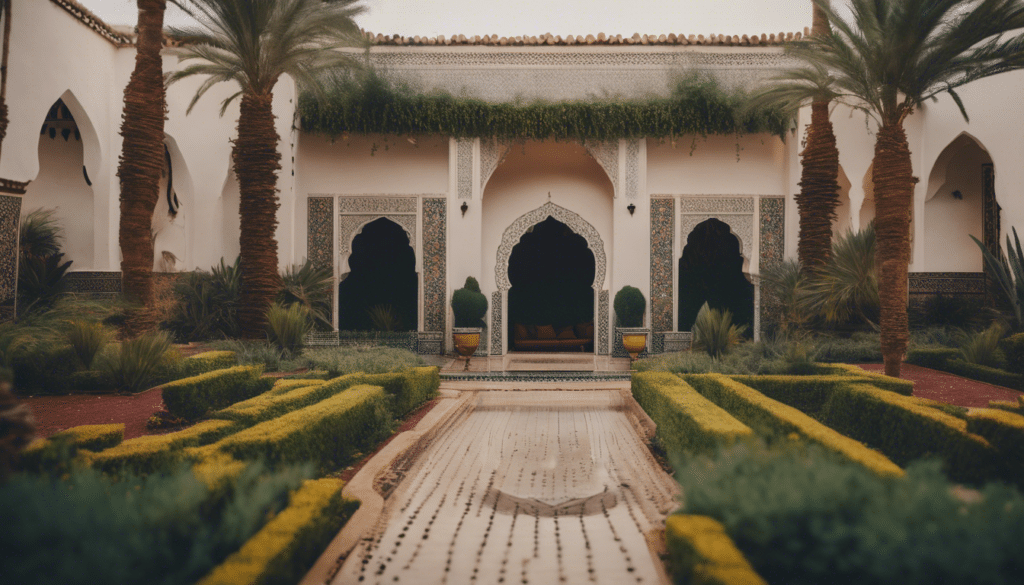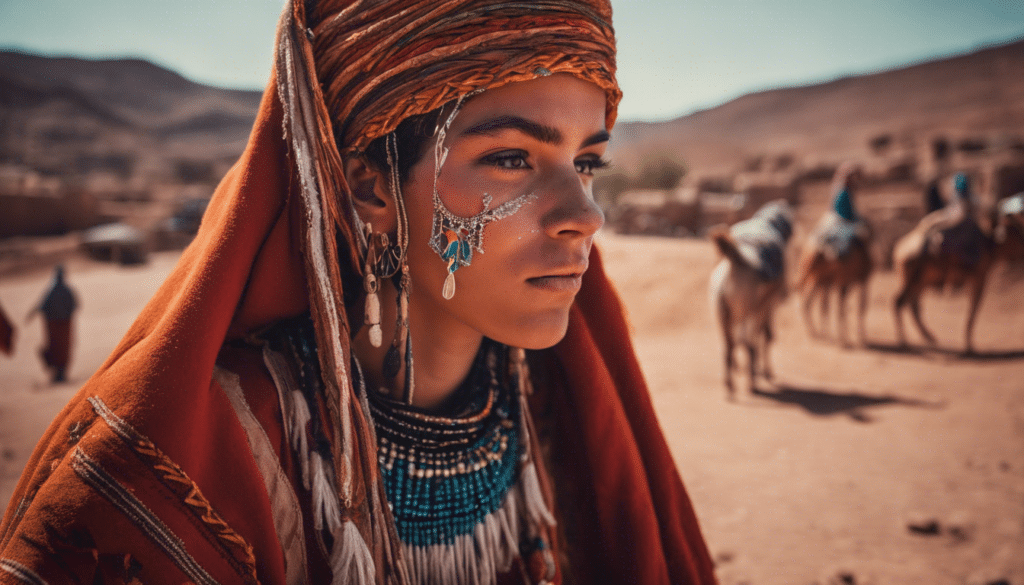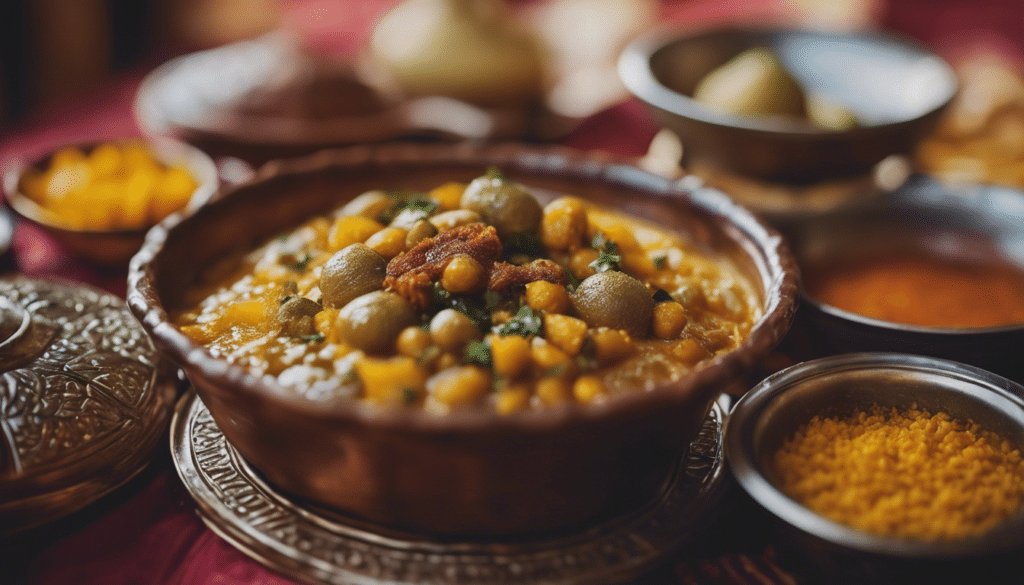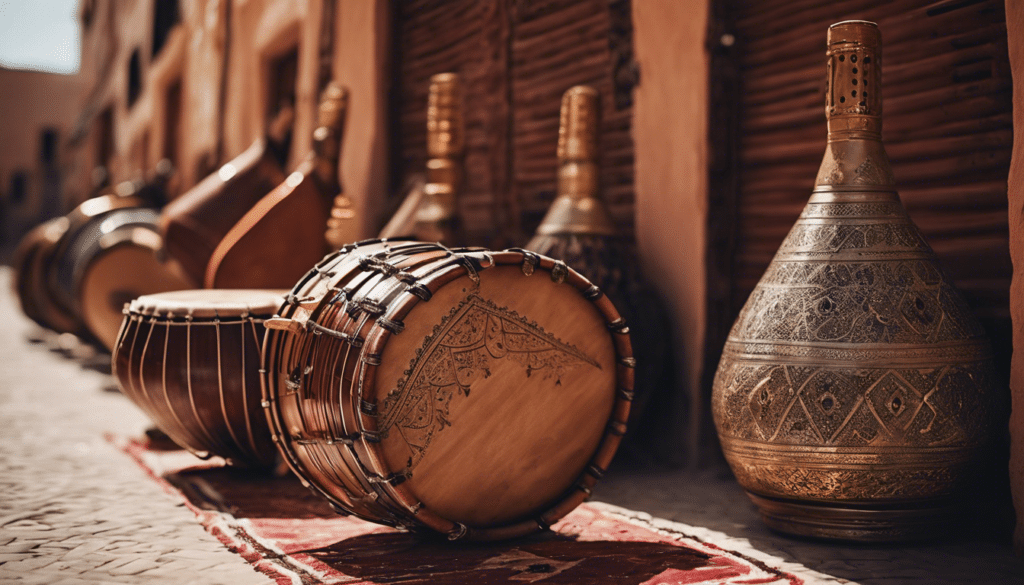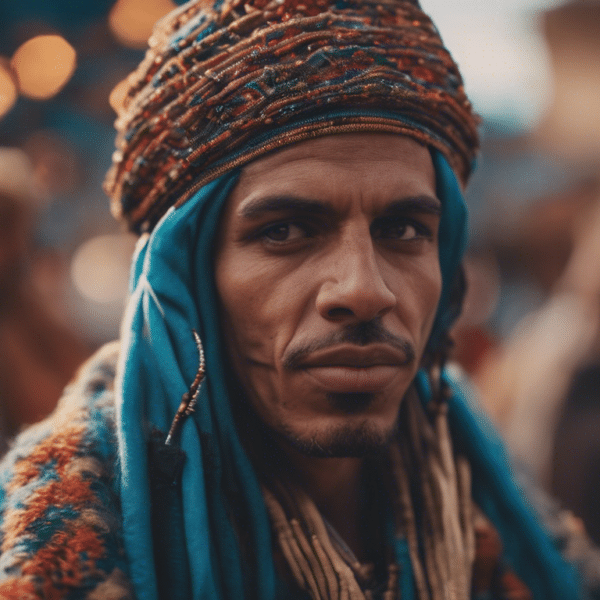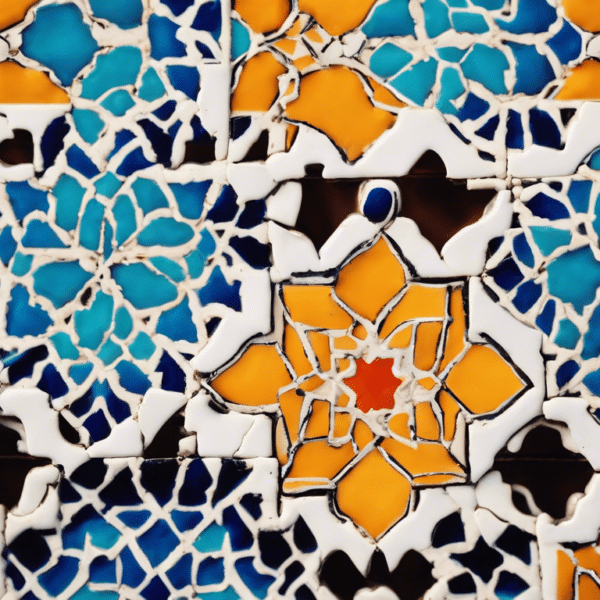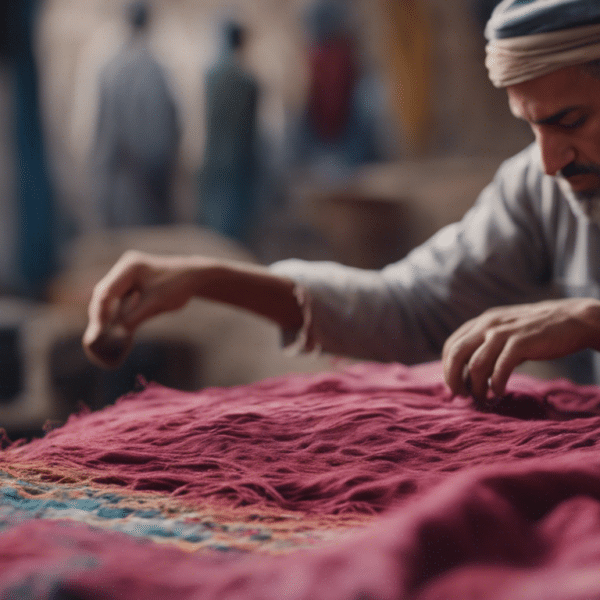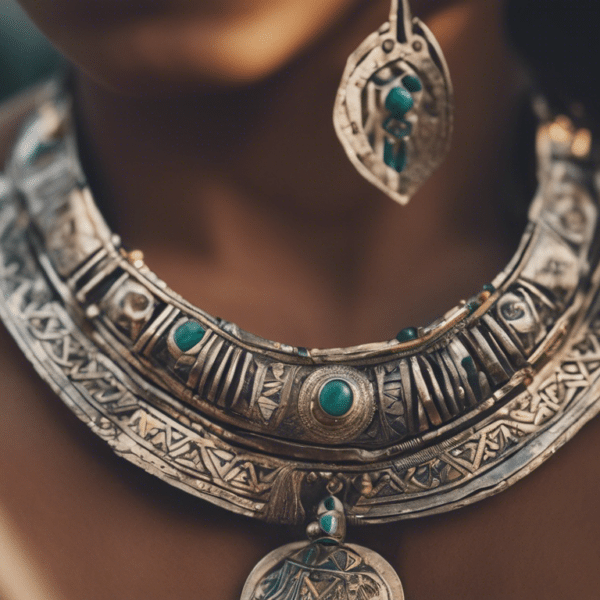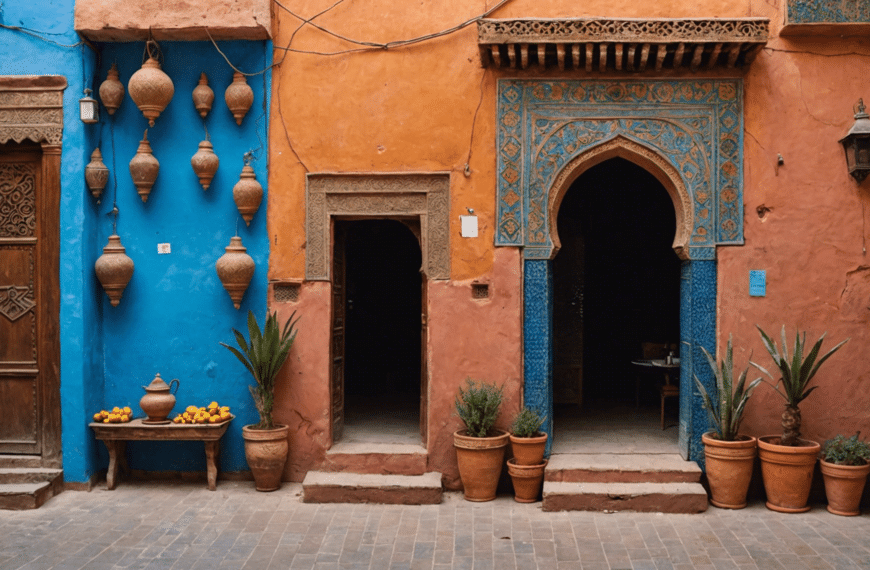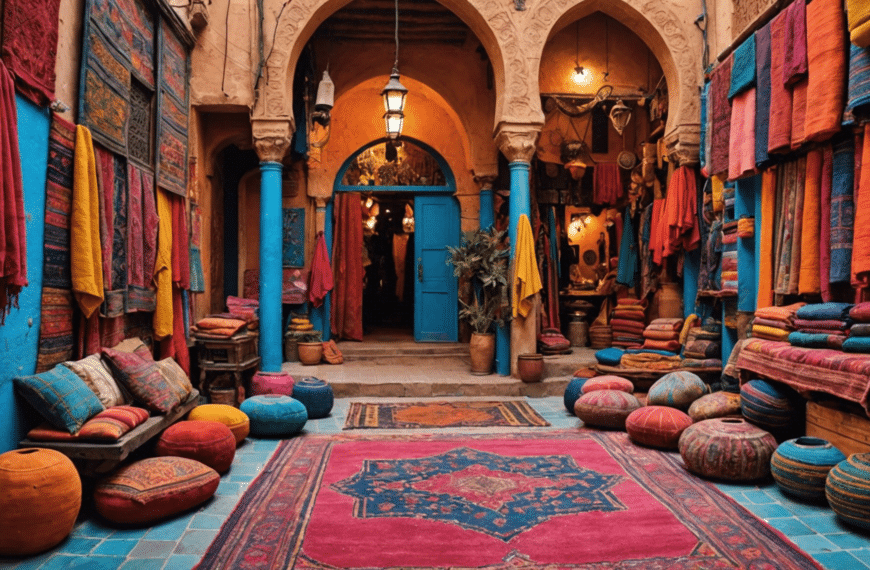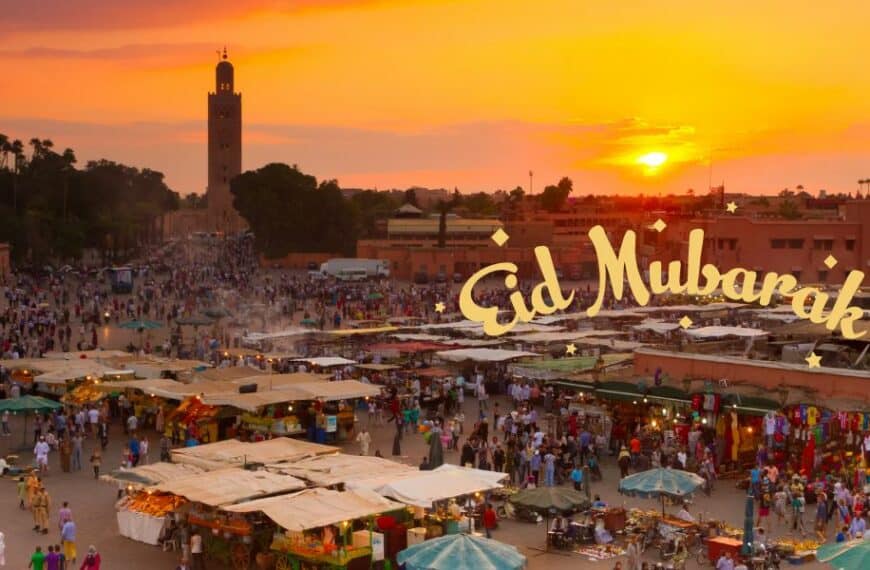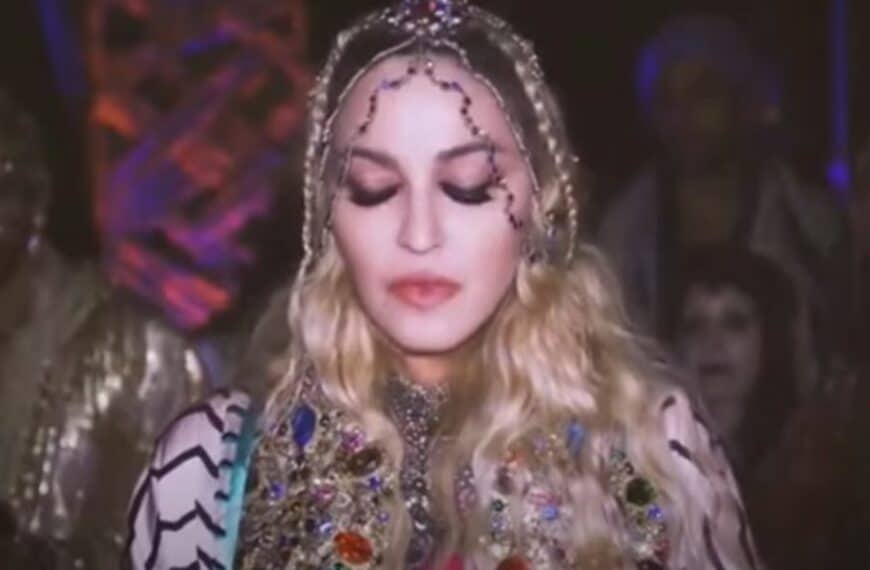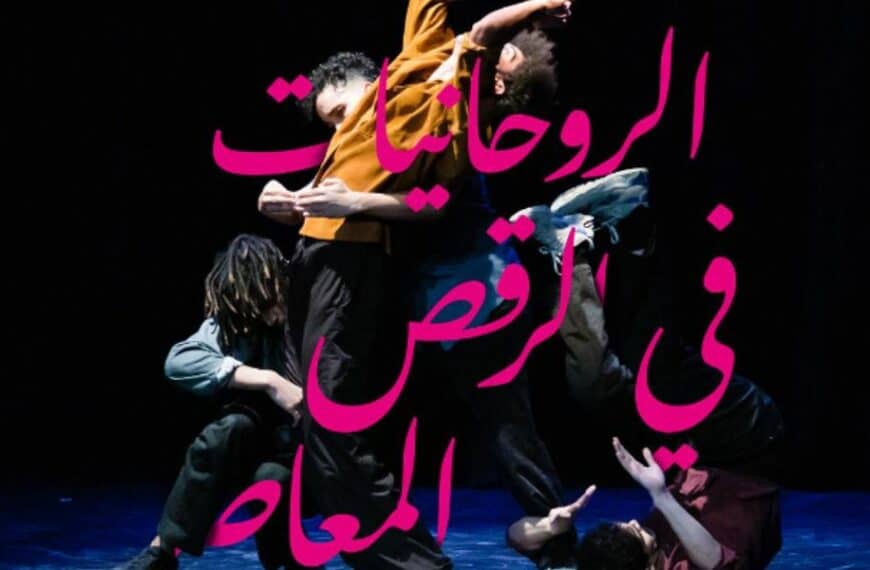Nestled within the ancient cities of Morocco lies a secret splendor, a verdant oasis of peace and beauty waiting to be discovered. Enchanting Moroccan gardens offer a mosaic of vibrant blossoms, whispering fountains, and artfully trimmed hedges, creating a magical tableau that captures the essence of serenity. These hidden gems balance dramatic architecture with the gentle touch of nature, each space a unique blend of practicality and paradise. Join me as I unveil the charm and allure of Morocco’s garden artistry, a testament to the country’s rich cultural tapestry and its love affair with the natural world. Escape with me into the lush, shaded walkways where the hum of the city fades and the enchanting Morrocan gardens reveal their secrets.
The Essence of Moroccan Garden Design
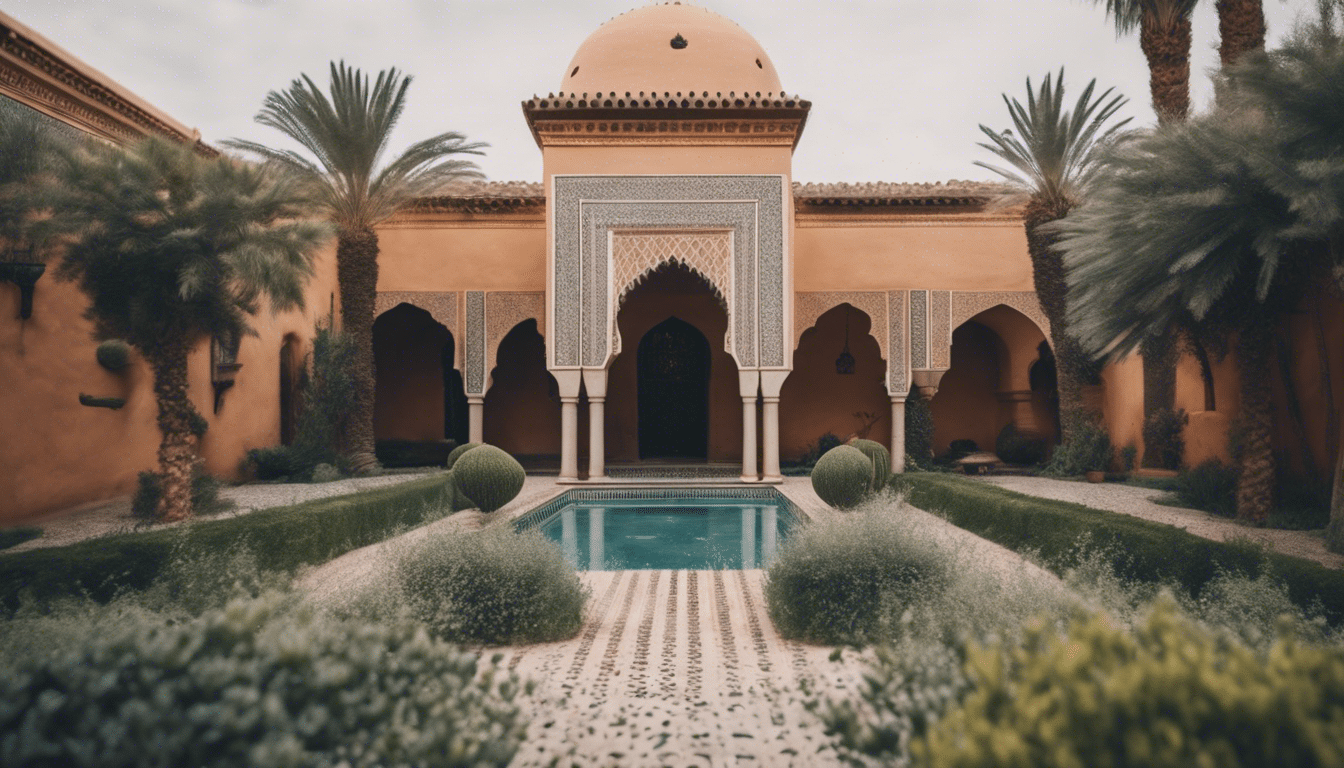
Nestled amidst the bustling medinas and the stark beauty of the desert, Moroccan gardens are verdant sanctuaries that offer a tranquil retreat from the day-to-day. This distinct style of garden design is not only an extension of the country’s rich cultural tapestry but an intrinsic part of the Moroccan way of life. Born from an intermingling of Arab, Andalusian, and Berber influences, these gardens are an artistic endeavor, a practical response to the local climate, and a spiritual symbol for paradise.
Origins and Inspirations Behind Moroccan Gardens
The origins of the Moroccan garden are as ancient as the civilizations that once flourished in this part of the world. Gardens have always been a key feature in Islamic culture, symbolizing the Garden of Eden—a green, lush oasis amidst a realm of aridity. The elements of water, shade, and geometry are staples of these gardens, reflecting a spiritual aspiration as well as practical necessities.
The Role of Water in the Garden Oasis
The presence of water, both as a physical and a spiritual element, is at the heart of every Moroccan garden. Trickling fountains, tranquil ponds, and meandering streams serve as focal points of beauty and relaxation. Water plays a dual role, providing a refreshing respite from the heat and serving as a mirror that reflects the garden’s verdant surroundings.
Symbolism and Geometry in Garden Layout
Upon entering a Moroccan garden, one is often drawn into a world of meticulous symmetry and divine geometry. The traditional Islamic garden is an architectural wonder, designed to represent the four rivers of life, with paths and walkways intersecting at right angles, and spaces divided into harmonious, equal parts. The geometry is not just visually pleasing, it represents a greater cosmic order and the pursuit of symmetry and balance.
Vegetation and the Use of Plant Life
The choice and arrangement of foliage in Moroccan gardens are more than just an aesthetic consideration; they create microclimates and natural insulation within these green spaces. Flourishing with orange trees, olive groves, palms, and fragrant herbs, these gardens combine both beauty and utility. Fig and pomegranate trees provide shade and sweet fruit, while flowering plants like roses and jasmine add bursts of color and fragrance that captivate the senses.
The Intimacy of Courtyard Gardens
A quintessential element of Moroccan garden design is the riad, or courtyard garden, a personal oasis hidden behind high walls. Riads are intimate, private spaces where the outside world is left at the gate, creating a sense of peace and seclusion. The traditional design often includes a central water feature surrounded by greenery, combining the calming sound of water with the sensuous experience of the garden.
A Visual and Sensory Feast
Strolling through a Moroccan garden is a journey both visual and olfactory. Mosaic tiles in a kaleidoscope of colors line the pathways and decorate fountains, while the air is scented with mint, citrus, and the earthy aroma of damp soil—an enveloping tapestry that captures the essence of Morocco itself.
Creating Your Own Moroccan-Style Garden
While the elements of a traditional Moroccan garden are steeped in history and culture, they can also inspire garden design around the world. To infuse your garden with a Moroccan spirit, consider incorporating a key water feature, symmetric design principles, fragrant plants, fruit trees, and an area that offers shelter from the sun. Whether you’re designing a lavish outdoor space or a simple, serene corner, the essence of Moroccan garden design can transform your environment into a personal paradise.
Embracing Moroccan garden design is not just about planting trees or erecting fountains; it’s about crafting a space that captivates the spirit, pampers the senses, and provides a nurturing retreat from the outside world. These lush sanctuaries are timeless testaments to the beauty of nature and the human longing for tranquility and contemplation.
Harmonizing with Nature
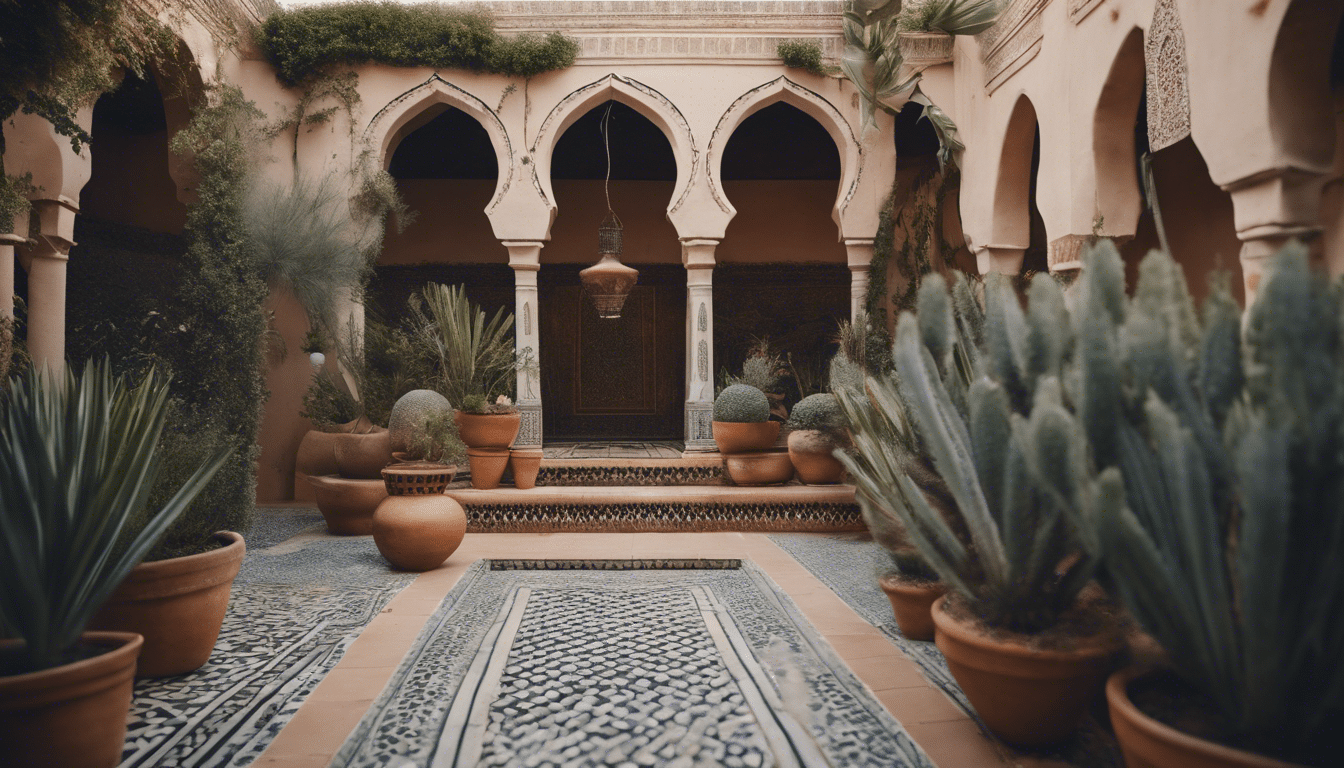
Moroccan Gardens: Harmonizing with Nature
In the bustling streets of Morocco, amidst the earthen citadels and winding alleys, lies a world of serene tranquility. The traditional Moroccan gardens, or ‘riad‘, are sanctuaries of harmony and peace, where the whispers of nature’s symphony enchant the soul. These intricately designed spaces provide not just a visual delight but also offer a deeper connection to the Earth and its beauty.
Moroccan gardens are masterpieces, embodying centuries of horticultural wisdom and artistic expression. They are a cultivation of harmony, with every element meticulously layered to create a soothing ambience that still thrills the senses. They reflect the Moroccan way of life, balancing the essential with the aesthetic, showcasing a deep understanding that nature is not to be conquered, but courted.
Design Philosophy: A Blend of Beauty and Utility
The design of these gardens is drawn from the profound Islamic principles of symmetry, order, and enclosure. It’s a testimony to the human longing for making heaven on Earth. The layout typically includes a central fountain, which symbolizes the heart of paradise, with streams encircling the garden as arteries would a mystical Eden.
The gardens are usually surrounded by high walls, a practical feature that ensures privacy and protection from the desert heat. This enclosure further fosters a sense of intimacy with nature, creating a private universe where one can meditate and reflect.
The Vital Elements of Moroccan Horticulture
Moroccan gardens are intimate with flora, drawing upon a palette that plays with hues of green and splashes of vivacious color. Within the riads, you’d often find:
– The native orange and lemon trees, adding a burst of citrus fragrance
– Palms that stand tall, whispering stories of the Sahara with every sway
– Roses and jasmines, infusing the air with their intoxicating scents
– Olive trees, ancient and wise, embodying the soul of the Mediterranean
These plants are not randomly chosen; they are deliberately integrated into the garden’s design to provide shade, fragrance, and fruits, all contributing to a self-sustaining ecosystem.
Sustainable Practices in Moroccan Gardens
Moroccan gardens are a celebration of sustainable practices, long before such concepts took the global center stage. The clever use of water systems, such as the ‘khettara’, is a testament to this foresight. These underground channels are a marvel, carrying water from distant mountains to nurture these lush gardens, distributing this precious resource with gravity-fed efficiency.
The notion of sustainability extends to the indigenous plant selection, which not only requires minimal water but also thrives in the local climate. Hence, the gardens are not only beautiful but also a wise adaptation to the environment, requiring less maintenance and fewer resources.
Influences and Inspirations
The beauty of Moroccan gardens doesn’t stop at their gates. These havens have influenced world-renowned designers and have been the muse for myriad creative expressions. From the serene courtyards of Parisian mansions to the modern urban oasis in skyscraper-filled cities, the allure of the Moroccan garden transcends borders.
The underlying philosophy of these gardens has impacted how the world views outdoor spaces, emphasizing that a garden should be a place of retreat and reprieve, a needed balance to our increasingly urban lives.
In the tranquility of a Moroccan garden, one finds a harmonious blend with nature — a careful composition that still has much to teach us about living, designing, and being in the world. These gardens do not just exist; they tell a story, they breathe life, and most importantly, they invite us to find peace within their embrace and within ourselves.
The Richness of Hues in Floral Arrangements
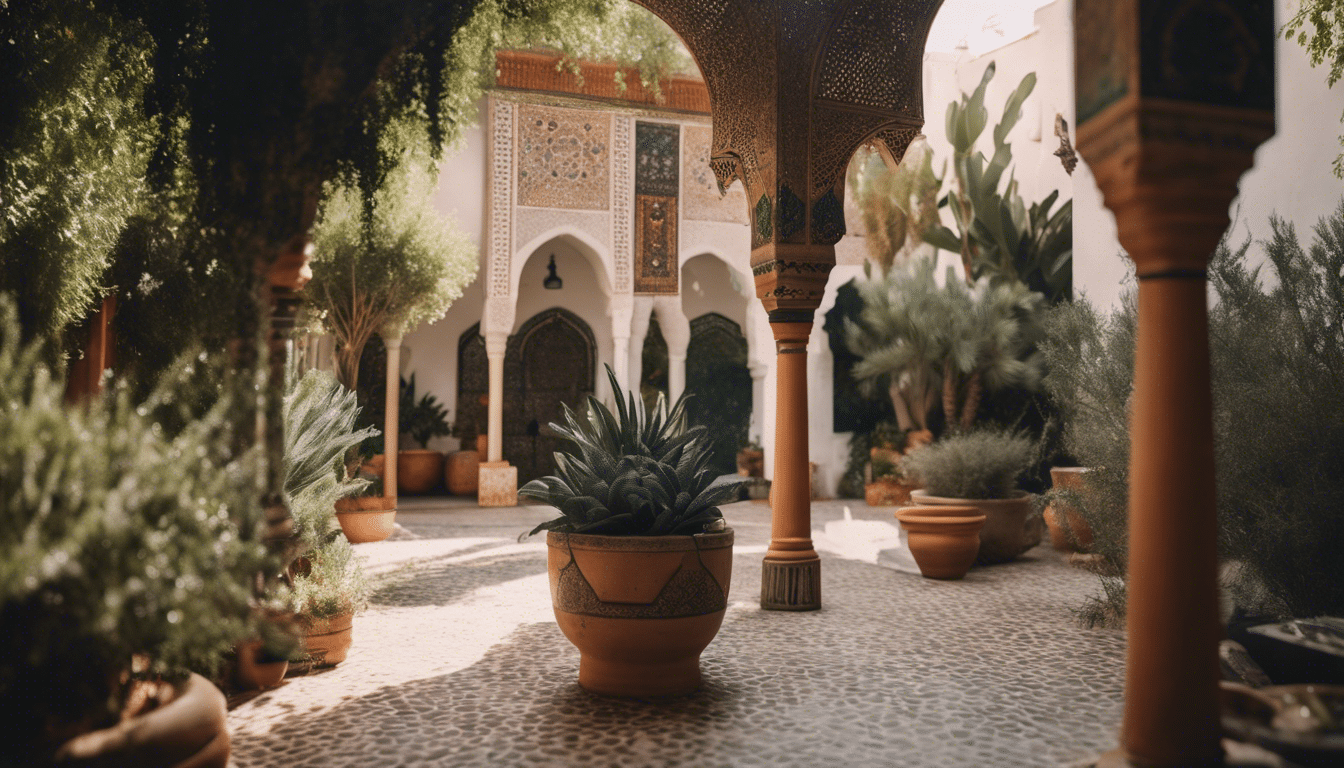
Moroccan gardens: the richness of hues in floral arrangements
Nestled amidst the bustling streets and the sunbaked clay of Marrakech, Moroccan gardens are sanctuaries of color, fragrance, and serenity. They are an integral part of the aesthetic palate of a culture known for its profound love of nature and artistry. To stroll through these verdant oases is akin to walking into a living tapestry, where the richness of hues in floral arrangements speaks a silent, yet eloquent, language of beauty and life.
Beyond the mere botanical, these gardens are the embodiment of a tradition that weaves together the elements—earth, water, air, and fire—in a metaphorical representation of the Moroccan way of life. The gardens tell stories, enchanting tales that are rooted as much in the soil as they are in the souls of the people who cherish them.
Elements of a Moroccan Garden
At the core of a Moroccan garden lies the harmonious arrangement of its components, ranging from vibrant flowers to tranquil water features, each adding its own voice to the chorus. Evergreen plants like the palm and olive trees provide a backdrop of lush greenery, against which the vivacious colors of bougainvillea, roses, and Moroccan poppies dance freely in the sun-kissed air.
– Colorful Mosaics: Intricate tiles paint the floors and walls, creating reflections that ripple through the water of fountains and basins.
– Symmetrical Patterns: The essence of order amid the nature, paths and flowerbeds are often laid out in symmetrical patterns that speak to the human longing for balance and harmony.
– Water Onto Wealth: Fountains and streams symbolize the life-giving force of water, a precious commodity in Moroccan lore, and remind us of the civilization that flourished by its wise use.
– Fragrant Delights: Jasmine, mint, and orange blossom scent the air, inviting guests to linger and lose themselves in contemplation or in conversation made more pleasurable by the serene backdrop.
Significance of Hues and Textures
In Moroccan culture, every color carries significance, and the selection of flowers in these gardens is no accidental feature. The richness of hues is a testament to the diverse influences—whether Andalusian, Arabic, or Berber—that have colored the tapestry of Morocco’s vast history.
Reds, for example, speak of passion and strength, commonly found in the traditional poppies and roses. Oranges and yellows, emblematic of joy and the warmth of the Moroccan sun, radiate from marigolds and chrysanthemums. Blues and purples, colors of wisdom and spirituality, blossom from the jacaranda and lavender.
Every shade and texture has a place in this floral kaleidoscope, allowing the eye and spirit to travel with each transition, from petal to leaf, shadow to light. It is poetry made visible, a symphony played in silence, for those who take the time to listen with more than their ears.
Design Principles
One cannot help but marvel at the design principles employed in crafting these enchanting spaces. Rooted in ancient knowledge, yet timeless in their appeal, the gardens are a reflection of Morocco’s deep understanding of spatial arrangements.
– Privacy: High walls and lush plantings create secluded retreats away from the outside world.
– Proportion and Scale: Carefully pruned trees and plants are chosen not just for color, but for their shape and size, ensuring that each garden feels like a perfect miniature of paradise.
– Unity and Variety: The wise placement of flora and decorative elements achieves a balance of unity and variety, maintaining interest without slipping into chaos.
Cultural and Artistic Expressions
When we speak of these gardens, we speak also of the culture that births them. Moroccan gardens are not merely about the plants; they’re an extension of the artistic and spiritual life of the people. The art of Henna design, intricate geometric patterns found in traditional Moroccan tile work, and the vibrant hues of Moroccan textiles all find echoes in the design of these gardens.
Inspiring the World
Today, the influence of Moroccan gardens extends far beyond their walls, inspiring gardeners and designers around the globe—a reflection of their universal appeal and testament to their enduring beauty. In sharing the richness of hues in floral arrangements, Morocco offers us a vision of paradise on Earth, inviting us to partake in its perennial grace and tranquility.
In conclusion, Moroccan gardens serve as a living canvas, depicting a culture deeply rooted in its love for nature, color, and harmony. As one wanders these floral mazes, let it be known that you are not only walking through nature but also the soulful essence of a centuries-old civilization in full bloom.

